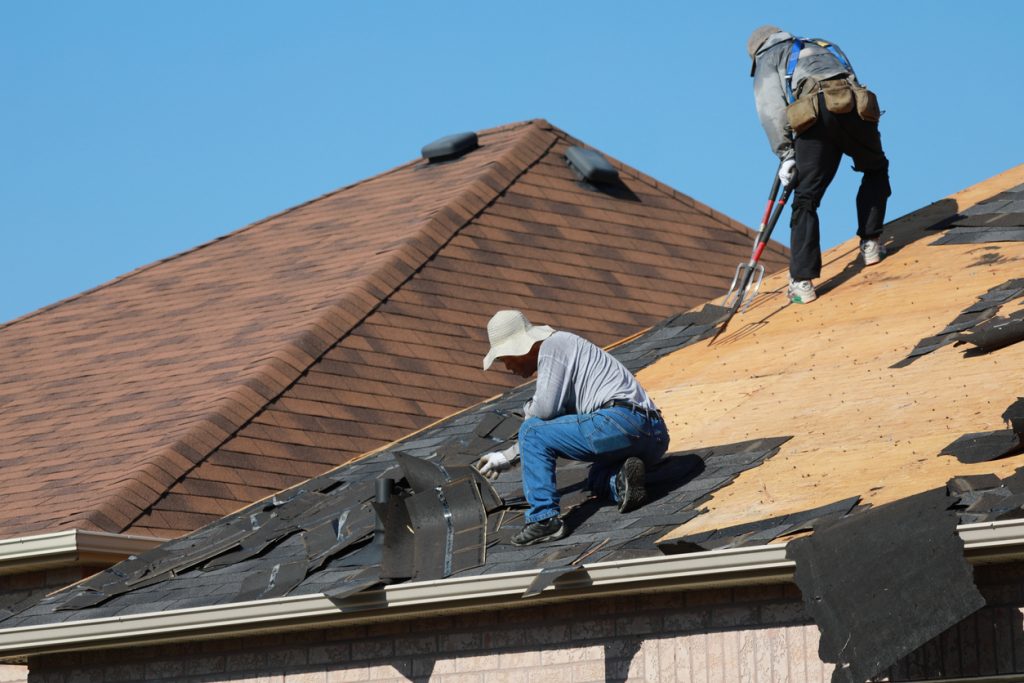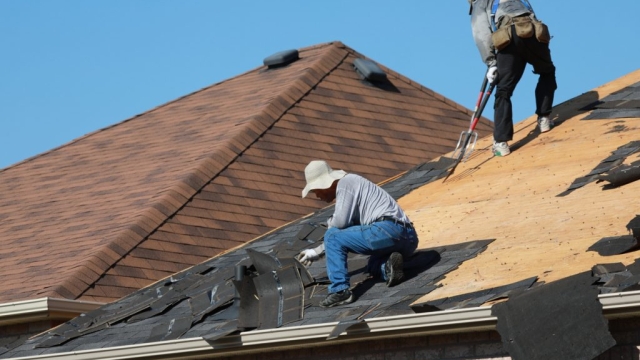
When it comes to the safety and functionality of our homes, one essential aspect often goes unnoticed – the roof. Undoubtedly, the roof serves as our shield against the elements, protecting us from rain, sun, and even snow. Yet, how much thought do we really put into its construction, maintenance, and the materials used? In this enlightening article, we will delve into the secrets of roofing, guiding you through the intricate world of shingles, skylights, and everything in between. So, grab a cup of tea, sit back, and let us uncover the mysteries that lie beneath your humble abode.
Different Types of Roofing Materials
Roofing is a crucial element of any building, providing protection and shelter against the elements. The type of roofing material used plays a significant role in the durability and overall aesthetic appeal of the structure. In this section, we will explore different types of roofing materials commonly used today.
Asphalt Shingles
One of the most popular roofing materials is asphalt shingles. These shingles are widely recognized for their affordability, versatility, and ease of installation. Available in a variety of styles and colors, asphalt shingles offer a traditional look while providing adequate protection against weather conditions. They are also relatively low maintenance, making them a practical choice for many homeowners.
Metal Roofing
Metal roofing has gained popularity due to its durability and longevity. It is known for its excellent resistance to harsh weather conditions, including heavy rain, snow, and high winds. Metal roofs can be made from various materials such as steel, aluminum, or copper. They offer a sleek, modern appearance and are available in a range of finishes. While metal roofing may have a higher upfront cost compared to other materials, its long lifespan and energy efficiency make it a wise investment for those seeking durability.
Clay Tiles
Clay tiles have been used for centuries, adding a touch of elegance and sophistication to buildings. These tiles are made from natural clay, which is fired at high temperatures to achieve strength and durability. Clay tiles are known for their distinctive, rustic appearance and come in various shapes, sizes, and colors. They offer excellent resistance to harsh weather conditions and are energy efficient, keeping buildings cooler in hot climates. However, clay tiles are heavier than other roofing materials, requiring proper structural support during installation.
In the next section, we will uncover the benefits and drawbacks of each roofing material, helping you make an informed decision based on your specific needs and preferences. Stay tuned for more insights into the world of roofing!
Common Roofing Problems and Solutions
- Leaks and Water Damage
Roof leaks are one of the most common problems homeowners face. The integrity of a roof can be compromised by factors such as age, severe weather conditions, or improper installation. Water seeping through the roof can lead to damage to the structure of the house, as well as mold and mildew growth. To tackle this issue, identifying the source of the leak is crucial. This can be done by inspecting the roof for missing or damaged shingles, cracked flashing around chimneys or vents, or clogged gutters. Once the source is identified, repairs can be made by replacing damaged shingles, repairing or replacing flashing, or unclogging gutters and downspouts.
- Blown-off or Damaged Shingles
Strong winds, falling branches, or heavy rain can cause shingles to get torn or blown off a roof. Damaged or missing shingles compromise the roof’s ability to protect against water damage and can result in further issues such as leaks or even structural damage. To address this problem, visually inspect the roof for any missing or damaged shingles. If only a few shingles are affected, they can be replaced individually. However, if a significant portion of the roof is affected, it may be necessary to replace the entire roof. Regular maintenance, such as trimming overhanging branches and cleaning debris off the roof, can help minimize the risk of shingle damage.
- Ponding Water
Roofs with poor drainage may experience ponding water, which occurs when water pools on the surface instead of draining off properly. Prolonged water exposure can weaken the roof structure and promote the growth of algae, moss, or other vegetation. The weight of the water can also put stress on the roof, potentially leading to structural issues. To address this problem, ensure that the roof has proper drainage systems in place, including gutters, downspouts, and sloping of the roof surface. Regularly inspect and clean the gutters and downspouts to prevent blockages that can impede water flow. In some cases, additional measures such as installing roof vents or using roof coatings may be needed to improve drainage and prevent ponding water.
Remember, addressing roofing problems promptly and effectively is essential to maintaining the integrity of your home. Regular inspections and maintenance can go a long way in preventing these issues from escalating into larger and more costly repairs or replacements.
Factors to Consider When Choosing a Roofing Contractor
Learn How
When it comes to finding the right roofing contractor, there are several important factors that you should consider. Taking the time to research and make an informed decision can save you from potential headaches and ensure that your roof is in good hands. Here are some key factors to keep in mind:
Licensing and Insurance: One of the first things you should check when choosing a roofing contractor is their licensing and insurance. Make sure that they are properly licensed to operate in your area and ask for proof of insurance. This will protect you from liability in case of any accidents or damages that may occur during the roofing process.
Experience and Reputation: Another factor to consider is the contractor’s experience and reputation in the industry. Look for a roofing contractor with a solid track record of successful projects. Check online reviews and ask for references from past customers to get an idea of their work quality and customer satisfaction.
Warranty and Guarantees: A reliable roofing contractor should offer a warranty or guarantee for their workmanship. Ask about the type of warranty they provide and what it covers. A good warranty shows that the contractor is confident in their work and is committed to customer satisfaction.
Remember, choosing the right roofing contractor is crucial for the longevity and performance of your roof. By considering factors such as licensing and insurance, experience and reputation, and warranty and guarantees, you can make an informed decision and ensure that your roofing project is a success.


